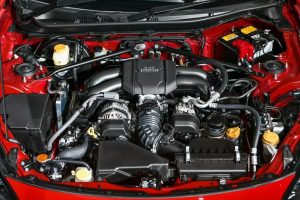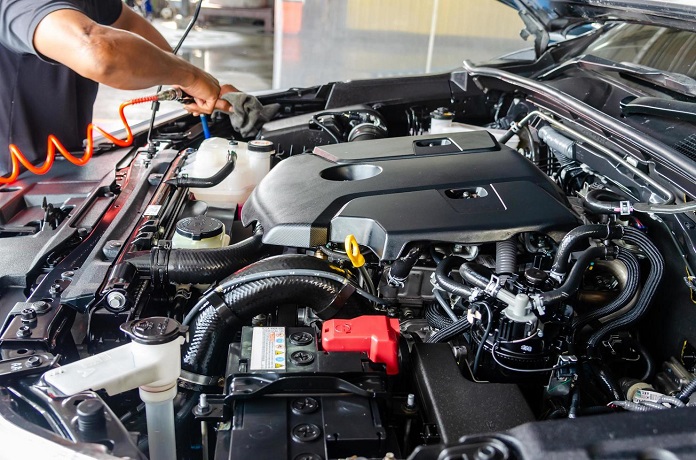
Your car’s engine is the most important part of the car. It’s what allows you to drive, it’s what powers all the other components, and without it moving, your car would be pretty much useless.
In this post, I will discuss how an engine works, why it’s so important to maintain regular maintenance, how to diagnose problems when they arise, and finally how to choose a new engine if yours ever fails.
An engine is basically just a motor that is contained within a vehicle. It has all of the same parts and performs the same tasks, so I will be discussing them both together.

Parts of an Engine
An engine starts with a cylinder, which is shaped like a can. Inside this can are two pistons. One piston is attached to a rod that goes up through the middle of your transmission (more on that later), while the other piston is connected to a crankshaft via a connecting rod. The crankshaft spins when you turn your car’s key, causing the piston to go up and down inside the cylinder.
The piston’s movement creates a vacuum (basically an area of low pressure) that allows fuel to flow into the chamber, then when it fires (or explodes), the pressure sends the rod connected to it through the transmission so that power can be transmitted throughout the vehicle from one place to another.
This is called a four-stroke cycle because there are four distinct steps in this process: intake, compression, combustion, and exhaust.
Importance of Regular Maintenance
Now that I’ve discussed how an engine works, let’s talk about why it’s so important to maintain regular maintenance on your vehicle.
The most common reason for failure is neglecting basic maintenance like oil changes and tune-ups. Without proper care and cleaning, the moving parts car engine can become dirty and worn out, which will cause them to fail much sooner than they would have otherwise.
If you don’t change your oil regularly, sludge will build up inside your engine and clog up the valves and pistons. This will cause them to become sluggish and ineffective, which will make it impossible to drive your car let alone maintain regular maintenance on it.
Another reason for failure is poor quality parts that are installed in the first place. When you buy an engine, especially a used one, you want to be sure that it’s been well-maintained by the previous owner. If not, there’s no guarantee that it won’t fail soon after installation.
This is why it’s so important to purchase an engine from a reputable dealer. If you do, there’s no question that the part will be in perfect condition when you receive it and for years after installation.

Diagnosing Engine Problems
Now I’ll discuss how to diagnose problems when they arise, including what symptoms indicate a problem with your engine and where to look for them. Many times when people think their car is having some sort of mechanical issue, they end up taking it to a mechanic who tells them that there’s something wrong with their transmission or some other part that’s expensive to replace.
The problem is that most mechanics don’t actually know what the problem is when they do this, so they end up replacing parts car engine that aren’t actually broken and charging you for services that didn’t need to be performed in the first place. This can be very frustrating if it happens to you, but there is an easy way around it: diagnosing your own car’s problems. When a mechanic tells you something is wrong with your transmission, it’s often because there’s a noise or some other symptom that indicates something is wrong with it.
If you can identify what this noise or symptom is, then you’ll know exactly which part needs to be replaced. For example, say your car starts making a grinding sound when you shift gears and the problem gets worse after driving for awhile. This would indicate that either the clutch or the transmission itself has failed and needs to be replaced immediately.
Another common way to diagnose a problem is by looking at the various gauges in your car’s dashboard. If they’re not working or aren’t displaying anything, then it could mean that there’s something wrong with your engine, but if you can see that all of them are working normally, then this would indicate that there’s nothing wrong with your transmission and you should look elsewhere for the problem.
Buying a New Engine
Now let’s discuss how to choose an engine when yours fails. As I discussed earlier, it’s important to purchase a new engine from a reputable dealer because you can be sure that it will be in perfect condition when you receive it.
However, if your old one fails and you don’t have enough money to buy an entirely new car, then there are other options available to you. For example, some people decide to swap out their old engine for a used one. If this is something that interests you, then you should talk with a mechanic about what model would be best for your vehicle’s make and model.















